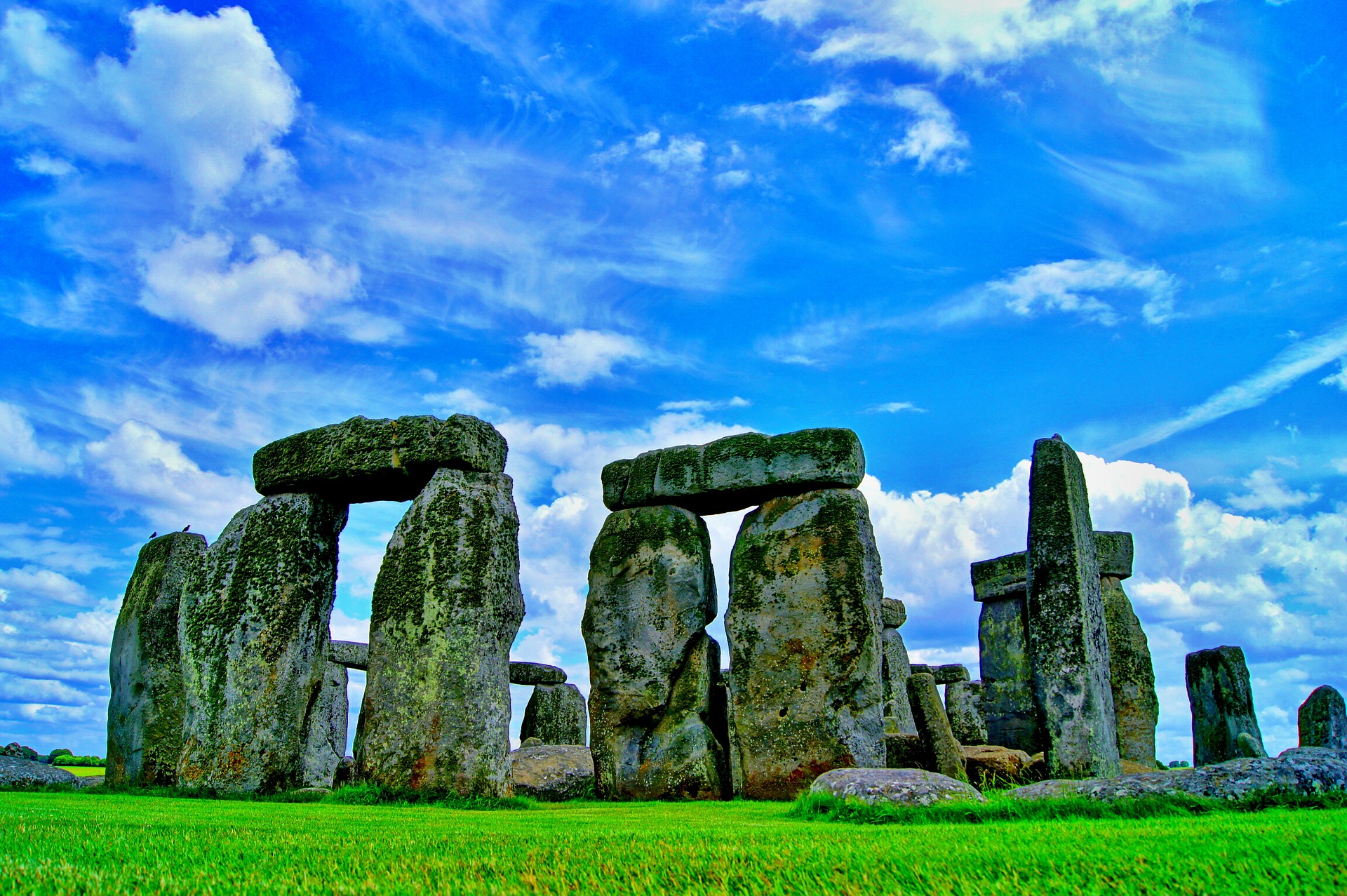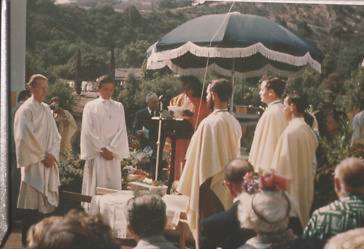
Temples are an outward manifestation of inner communion with the Divine. With their sordid history of coming at great expense and sacrifice, it is no wonder that most of the world’s great spiritual leaders teach us to create a “temple of silence” within, rather than outside ourselves. And yet, temples are more than just buildings, especially when they are filled with sincere seekers of truth.
Millions, or dare I say hundreds of millions, flock to the famous temples of India like the one in Badrinath, or to the iconic cathedrals of Europe, such as St. Peter’s Basilica. In fact, creating places of spiritual power is a tradition that goes as far back as civilization can account. If ever you have the opportunity to visit a place of worship like these, it is worth your time and treasure: The vibrations of all who have prayed or meditated or experienced wonder in these places is palpable.
The spiritual power of a place is made possible by the vibrations of those who visit it. This may be why so many religions recommend pilgrimage to holy sites as such a sacred activity: The sites themselves gain spiritual power by the pilgrims who visit.
Paramhansa Yogananda often counseled his disciples to “immortalize your ideals through architecture,” as an architect friend once advised him to do. From the jewel of his architectural expression, the Golden Lotus Temple in Encinitas, to the radiant Lake Shrine in Pacific Palisades, Yogananda crafted his temples into places of inspiration from the inside out. Universally accepted as his most beautiful building, the Golden Lotus Temple lasted only a short time, before it slipped from the hillside back into the ocean.
“Paramhansaji declared that from the destruction of his Golden Lotus Temple many other places of worship would arise,” wrote Swami Kriyananda in his autobiography The New Path.
Swami Kriyananda, direct disciple of Yogananda and founder of Ananda, was much like his guru in these matters. He made a study of architecture before determining that the most inspiring shape for a temple is a dome.
In his book, Space, Light, and Harmony, Swami said, “For peace of mind and inner harmony, the best shape, then, seemed to be the dome: not lofty and unattainable like those cathedral domes, built to suggest heaven; but here and now and all around us: like the sky under which we live.”
The first temple at Ananda was a geodesic dome that took several tries to successfully construct. It was filled with uplifting vibrations from all who meditated there.
 In the years since Ananda’s founding, an iconic dome design has emerged that fully captures the expansive skies of inner communion with God that the teachings of Self-realization emphasize. The design is called a “Temple of Light.” Pioneered in Ananda’s Assisi community, the design has also been used in Ananda Seattle, as well as in the final resting place for Swami Kriyananda himself, the Moksha Mandir at Ananda Village.
In the years since Ananda’s founding, an iconic dome design has emerged that fully captures the expansive skies of inner communion with God that the teachings of Self-realization emphasize. The design is called a “Temple of Light.” Pioneered in Ananda’s Assisi community, the design has also been used in Ananda Seattle, as well as in the final resting place for Swami Kriyananda himself, the Moksha Mandir at Ananda Village.
It is time, at long last, the manifest a Temple of Light at Ananda Village, a source for spiritual inspiration for millions worldwide.

